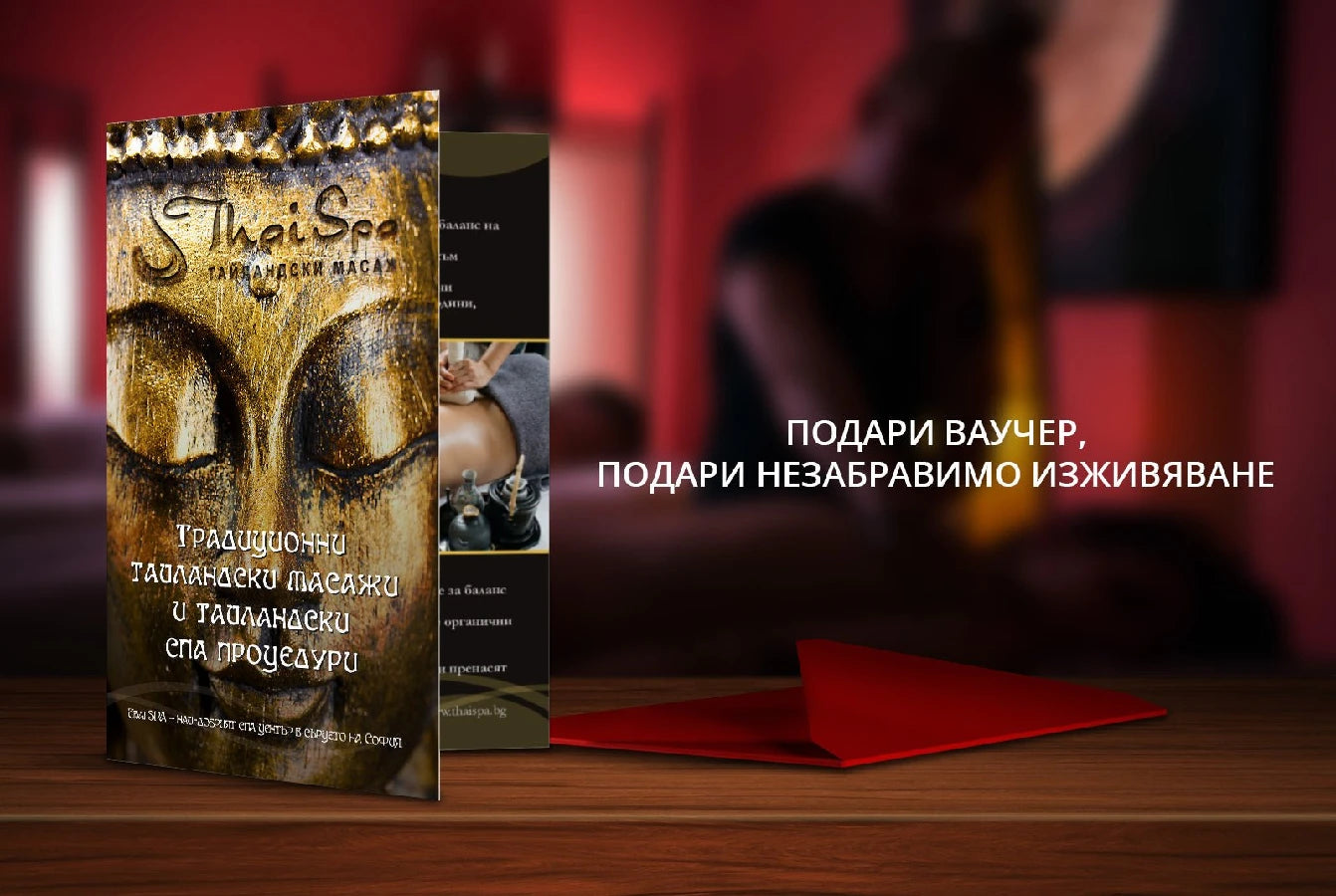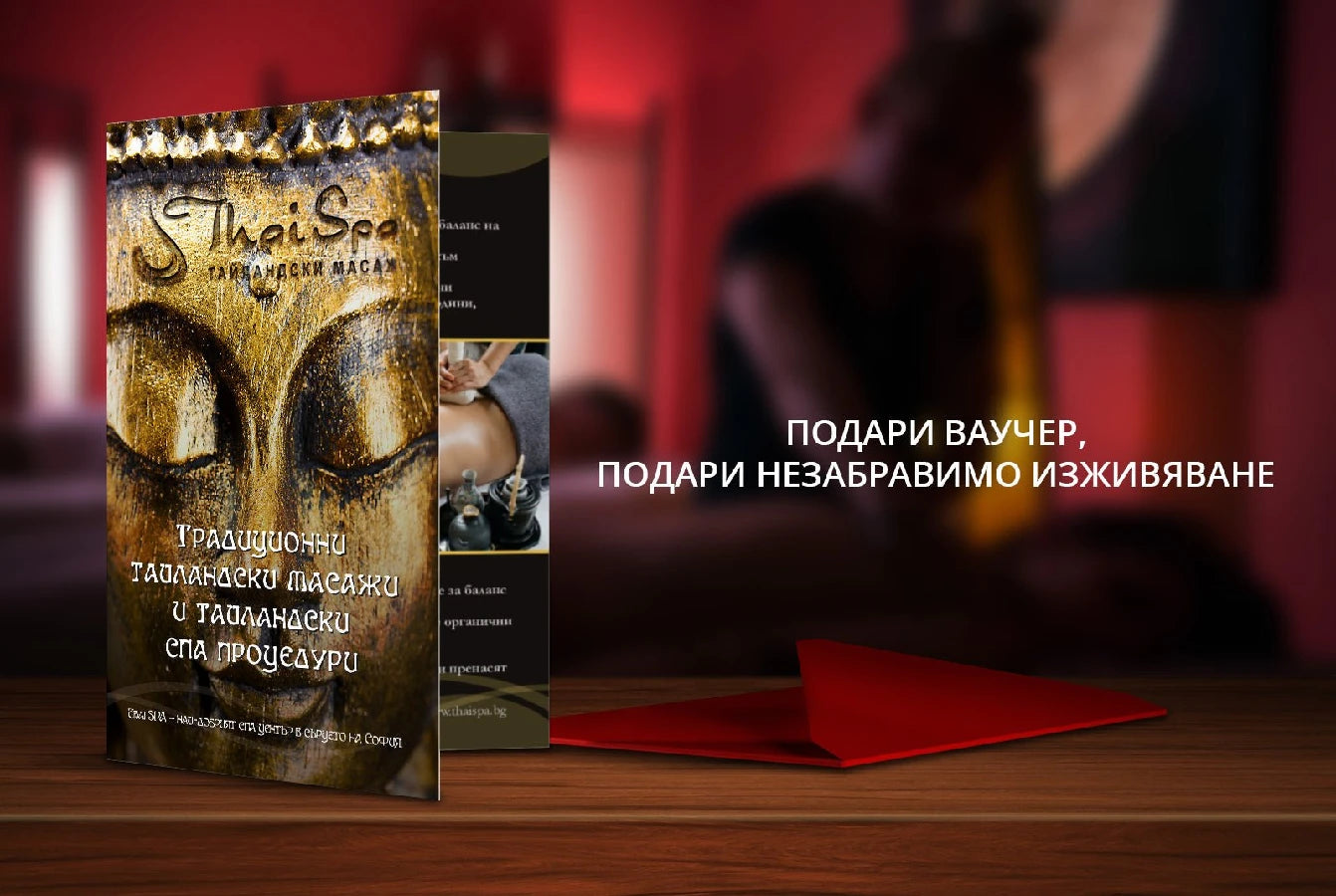Main features of Thai massage
Thai massage is known worldwide for its unique methods and techniques. This ancient practice, also called "Thai yoga massage", combines active movements and poses reminiscent of yoga with elements of acupuncture and reflexology. The masseur uses his body weight to twist, turn and tighten the client into Vietnamese yoga positions.
An essential part of the session is pressing on specific lines and points on the body called 'sen'. Through these 'sen' energy flows and focusing on them helps to restore and balance the energy flow. The massage therapist uses thumbs, knees, elbows and feet to apply appropriate pressure and release the blocked energy flow.
The influence of Thai massage on the human body
Thai massage is an ancient practice based on the principle of inner body and energy. It is known for its relaxing and restorative properties. In large part, this is thanks to its unique methods of stretching and activating different points on the body, which stimulates blood circulation and leads to a general improvement in health.
The massage also concentrates on restoring balance to the area of the body where charged energy is stored. This helps to relax and detoxify the body. At the same time, it helps to improve the flexibility and holistic functioning of the body. In addition, it can relieve pressure in the head, improve sleep and promote general well-being.
Thai massage and stress
These days, stress is an integral part of the modern lifestyle, which brings with it numerous health problems. Numerous studies prove that Thai massage is one of the most effective means of combating it. This ancient Thai technique is extremely beneficial for muscles tired from stress, giving them relief and relaxation.
In the Thai massage, the body is processed according to a clearly defined scheme, which goes from the head to the feet, carefully relieving the muscles and stimulating blood circulation. This leads to a significant reduction in stress and an improvement in the general mood and emotional state of the person.
How Thai massage stimulates the nervous system
Thai massage works directly on the nervous system through a series of stretches and longitudinal cuts on the body. These actions stimulate the nerve endings and block the growing nerve signals, resulting in pain relief and increased feelings of comfort and energy. The stretched and longitudinal techniques applied in the massage impress ideal ratios of building body activity - thus improving the ability of the muscles to shorten and stretch, which further stimulates the nerve endings.
Also, the rhythmic movements and pressures used in Thai massage lead to a greater secretion of endorphins in the body. Endorphins, known as "happy hormones", act as natural pain relievers and have a sedative effect on the central nervous system. The result is a sense of relaxation, stress relief and improved mood.
Balancing energy in Thai massage
Thai massage is known for its effect on the balance of energy in the body. This is an ancient practice based on the idea that lines of energy called "sen" flow through our body. Because of such concepts, the massage does not only focus on the muscles, but also aims to smile the energy flow.
Thai massage focuses on balancing these energy lines. It involves a number of techniques that press on specific points on these lines, thus stimulating the flow and outflow of energy. The effect is similar to activating our own internal "batteries", creating a sense of renewed vitality and balance.
• Thai massage uses the ancient knowledge of energy lines in the body called "sen".
• Massage not only focuses on relaxation and relieving muscle tension, but also aims to balance energy.
• Pressing specific points along these energy lines stimulates the inflow and outflow of energy.
• The effects of Thai massage are often described as activating an internal "battery" that maintains energy balance.
• Getting a regular Thai massage can help improve overall health by increasing energy levels and strengthening immunity.
• Suitable for people of all ages, it can help with various conditions - from stress to chronic pain.
Thai massage and pain relief
Thai massage is a proven method of pain relief. It is widely used to relieve various types of discomfort, including headaches, muscle pain, joint pain, and back pain. The pressure and stretching used in the massage stimulate blood circulation and help remove toxins from the body.
Thai massage also helps reduce stress, thus relieving the pain associated with it. It calms the nervous system and helps reduce tension. Specific Thai massage techniques can also help relieve chronic pain. It is important to note that each individual responds differently to massage, so it is important to consult with an experienced therapist before beginning a Thai massage treatment course.
What are the main features of Thai massage?
Thai massage is characterized by a variety of techniques, including active stretching and deep pressure. It is often referred to as "lazy yoga" because the masseuse performs a variety of passive yoga positions on the client.
How does Thai massage affect the human body?
Thai massage helps to improve blood circulation, elasticity and general flexibility of the body. It can also help reduce stress and tension.
How does Thai massage help with stress?
Thai massage works to relieve stress through soothing massage techniques and passive yoga positions. It helps strengthen the nervous system and promotes relaxation.
How does Thai massage stimulate the nervous system?
Thai massage stimulates the nervous system through the flow of energy through the body's energy lines, known as "Sen" lines. This helps reduce tension and promotes general well-being.
How does Thai massage help balance energy?
Thai massage focuses on the flow of energy through the body's Sen lines, which helps improve circulation and balance the energy body.
How does Thai massage relieve pain?
Thai massage uses pressure and stretching techniques to help relieve muscle pain and tension. It also helps improve blood circulation, which can help reduce pain.





